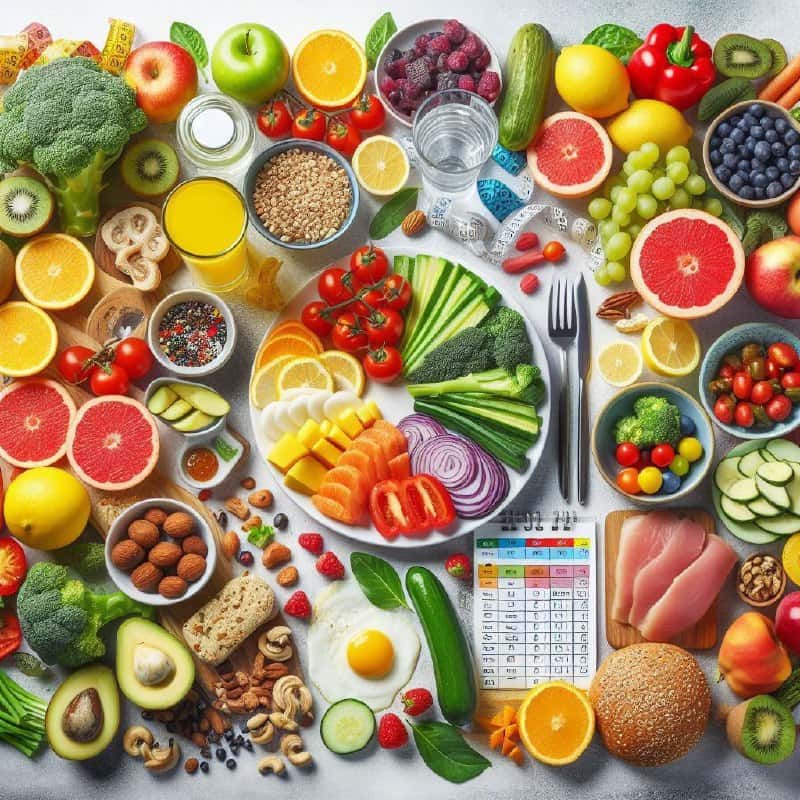In the ever-evolving landscape of human sexuality, researchers at Seattle University have recently unveiled a captivating phenomenon: symbiosexuality. This term might sound like something out of a sci-fi novel, but it’s very much grounded in our everyday lives. So, what exactly is symbiosexuality, and why is it turning heads in the scientific community?

WORLDTIMESHINDI
Defining Symbiosexuality
1. The Basics
Symbiosexuality refers to being attracted to the energy, multidimensionality, and power shared within a couple’s relationship rather than to individual persons themselves.
Unlike traditional attraction, which fixates on physical attributes or specific traits, symbiosexuals find magic in the whole partnership—the synergy that’s greater than the sum of its parts¹.
2. The Study
Dr. Sally Johnston, an adjunct professor of anthropology and sociology, led the groundbreaking study. Published in the *Archives of Sexual Behaviour*, it sheds light on this evolving sexual identity.
Symbiosexuality spans diverse demographics: age groups, racial backgrounds, socio-economic classes, and gender identities. It defies easy categorization and invites us to rethink our assumptions about desire¹.
Who Are Symbiosexuals?
1. The Connection Seekers
Symbiosexuals are drawn to the relational energy—the love that exists between two people. They want to immerse themselves in this dynamic.
– Their attraction transcends the physical; it’s about the whole relationship. Imagine being magnetically pulled toward the invisible threads that weave through a couple’s connection.
2. Beyond Monogamy
– Unfortunately, symbiosexuals face stigma in both monogamous and non-monogamous communities.
– The term “unicorn” has been used to describe this attraction, but it carries negative connotations. In non-monogamous circles, a “unicorn” is someone willing to engage in sexual activity without participating in other aspects of the relationship. However, this oversimplification misses the depth of symbiosexuality.
3. Desire and Intimacy
– Most self-identified symbiosexuals consider themselves extroverted. They crave intimacy, care, and attention.
– Interestingly, jealousy is less likely to plague them. Perhaps their focus on the relationship as a whole mitigates possessiveness.
Implications and Future Directions
1. Expanding Our Understanding
– Symbiosexuality challenges the binary view of attraction. It invites us to explore the intricate dance between partners, where the whole truly becomes greater than its parts.
– By acknowledging symbiosexuality, we broaden our conceptualizations of desire and love.
2. Reducing Stigma
– Dr. Johnston hopes that her work will reduce stigma across different communities. Whether monogamous or non-monogamous, symbiosexuality deserves recognition and acceptance.
Conclusion
As we continue to unravel the mysteries of human connection, symbiosexuality reminds us that attraction isn’t always about isolated individuals—it’s about the beautiful tapestry woven by two hearts beating in sync. So, the next time you feel drawn to the magic between a couple, perhaps you’re channeling your inner symbiosexual! 🌟🌿¹²³
—
Feel free to share this article with others who might find symbiosexuality as intriguing as we do! 😊 If you have any other topics you’d like me to explore, just let me know!
Source:
(1) What is Symbiosexuality: economictimes.indiatimes.
(2) What is Symbiosexuality? timesofindia.indiatimes.com
(3) Symbi osexuality: jewishbusinessnews.com



